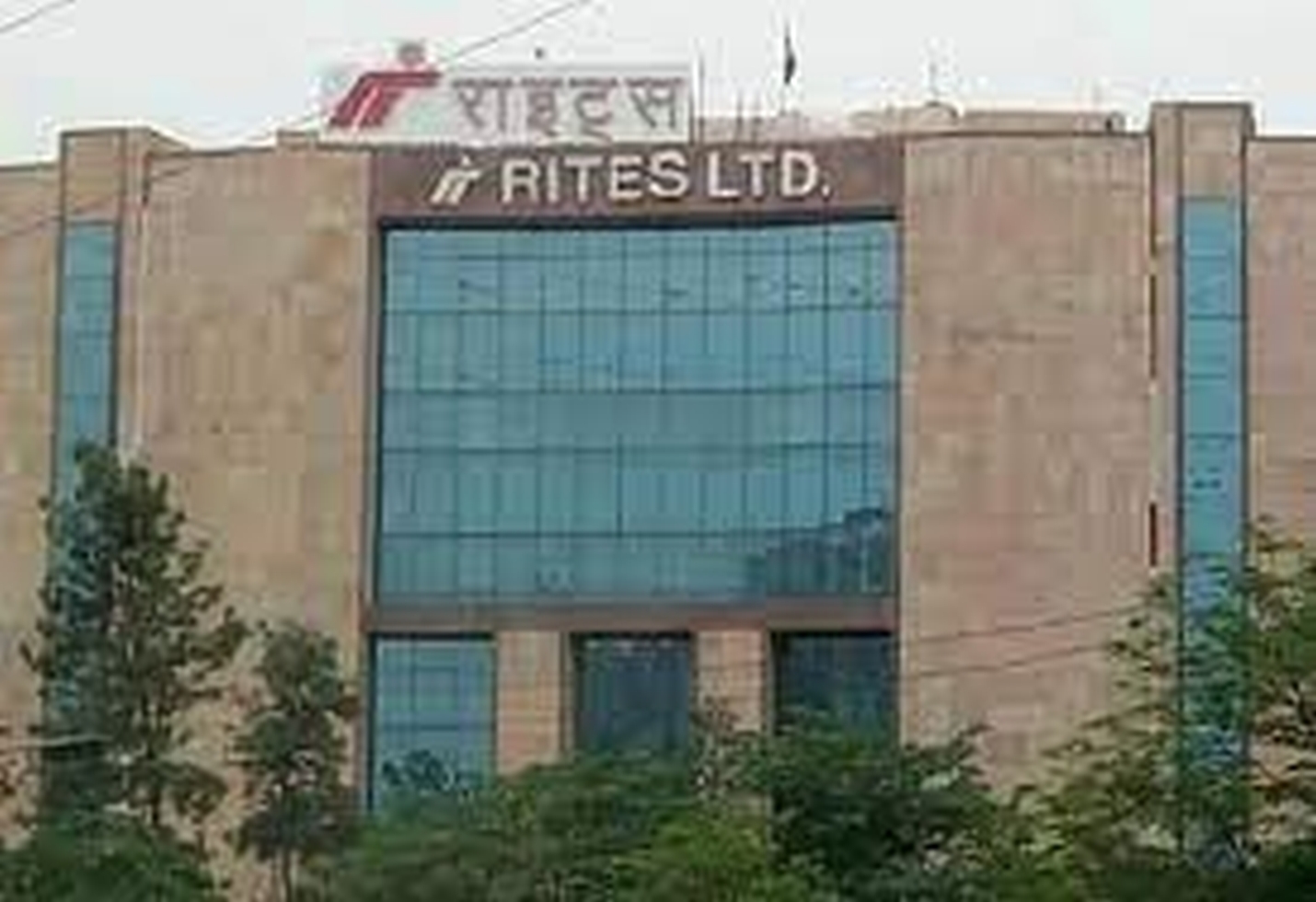City Gas Distribution: India’s Rising Natural Gas Star!
As piped natural gas (PNG) and compressed natural gas (CNG) networks continue to grow rapidly in Indian cities, the city gas distribution (CGD) sector is poised to exceed the fertiliser industrial sector, which is the largest user of natural gas in the nation.
Summary:
India’s city gas distribution (CGD) sector is undergoing a significant transformation, driven by extensive infrastructure advancements and a nationwide initiative for cleaner energy sources. This sector is projected to surpass traditional industries, including fertilizers, to emerge as the leading consumer of natural gas. With the rising demand for piped and vehicular natural gas in urban areas, the country’s reliance on LNG imports is expected to increase, highlighting the need for investment in import terminals and supportive policies.
India’s Gas Consumption Trajectory: A Strategic Shift
India’s energy mix is undergoing a historic transformation. To align with the government’s goal of increasing the proportion of natural gas in its primary energy mix from about 6% to 15% by 2030, the city gas distribution (CGD) sector has become a key contributor to this shift. Historically dominated by the fertiliser and power sectors, gas consumption patterns are shifting significantly in favour of urban usage, primarily through CNG (compressed natural gas) for vehicles and PNG (piped natural gas) for households and commercial establishments.
Recent data from the PNGRB indicates that the CGD sector is set to surpass the fertiliser industry in gas consumption in the coming years, highlighting growth in infrastructure and a shift towards cleaner, sustainable fuels.
CGD Network Expansion: Backbone of Gas Growth
The main catalyst for this change is the impressive growth of CGD infrastructure throughout the nation. As of 2025, more than 300 geographical areas (GAs) across 28 states and union territories have been authorized for CGD operations. This includes coverage of over 70% of the population and 50% of India’s geographical area.
Key players such as Adani Total Gas, Gujarat Gas, Mahanagar Gas, and Indraprastha Gas have ramped up investments in gas distribution networks. The increased deployment of CNG stations and household PNG connections in both urban and semi-urban regions is creating a ripple effect in demand, especially in Tier-II and Tier-III cities.
In FY2023–24, CGD consumption represented about 25% of India’s natural gas demand. With plans for over 12,000 CNG stations and 10 crore households for PNG by 2030, CGD’s share is projected to exceed 35%, surpassing the current 30% for fertiliser usage.
CNG Vehicles Fueling the Demand Engine
Another powerful tailwind for the CGD sector is the rising number of CNG vehicles. With fuel prices remaining volatile and diesel/petrol being phased out in several urban areas, CNG offers a cost-effective and environmentally friendly alternative. The transport sector, particularly public transportation fleets, delivery services, and even private vehicles, is witnessing a strong conversion trend.
Car manufacturers like Maruti Suzuki, Hyundai, and Tata Motors are broadening their range of CNG models. As reported by the Society of Indian Automobile Manufacturers (SIAM), sales of CNG vehicles increased by over 25% in FY2024. This trend is expected to continue, further amplifying natural gas consumption from the transportation segment.
Urban Kitchens & Clean Energy: PNG in Households and Industries
The demand for PNG is not limited to households alone. Small and medium enterprises (SMEs), restaurants, and even large industrial units in city peripheries are increasingly switching to piped gas to cut emissions and improve operational efficiency. The cost savings, convenience, and regulatory compliance benefits make PNG an attractive proposition.
In residential areas, PNG provides a reliable cooking fuel supply and lessens reliance on subsidized LPG, supporting government fiscal goals. Major cities like Delhi-NCR, Mumbai, Ahmedabad, and Pune have high household PNG usage, while regions in Uttar Pradesh, Bihar, West Bengal, and the southern states are quickly catching up.
Import Dependency: LNG to Fill the Supply Gap
Despite a robust domestic gas production roadmap under initiatives like HELP (Hydrocarbon Exploration and Licensing Policy), India’s domestic natural gas output remains insufficient to meet the burgeoning CGD demand. Consequently, the nation is anticipated to increasingly depend on imports of liquefied natural gas (LNG).
In 2023–24, LNG imports accounted for over 50% of India’s gas consumption. With CGD demand projected to rise by 8–10% annually, the import share could increase further unless domestic production sees substantial acceleration.
India is expanding its LNG terminal infrastructure by developing new terminals in Dhamra (Odisha) and Jaigarh (Maharashtra), along with enhancing facilities at Dahej and Hazira. This aims to increase regasification capacity from 42.5 mtpa to 70 mtpa by 2030.
Government Policies and Green Push
The Centre has been proactive in supporting CGD expansion through policy and regulatory interventions. Initiatives like SATAT (Sustainable Alternative Towards Affordable Transportation), which promotes compressed biogas (CBG), and a favourable GST regime for natural gas could further boost demand.
Additionally, the inclusion of natural gas under the “One Nation, One Grid” policy ensures uniform pricing and availability across regions, minimizing regional supply bottlenecks.
Challenges Ahead: Pricing, Infrastructure, and Competition
Despite the promising outlook, the CGD sector faces particular challenges. Global LNG prices remain volatile, and any geopolitical disruption could spike prices, affecting affordability for end-users. Infrastructure development in rural and remote areas is also hampered by terrain, land acquisition issues, and low initial demand volumes.
Moreover, competition from emerging technologies such as electric vehicles and green hydrogen could moderate CGD’s long-term dominance in the transport and industrial segments.
Conclusion: CGD is the Future of India’s Gas Economy
India’s city gas distribution sector stands at the cusp of a major transformation, underpinned by its ability to deliver cleaner, reliable, and affordable fuel to the masses. As urbanization deepens and environmental concerns grow, CGD offers a sustainable pathway to transition away from polluting fuels. While challenges remain in the form of supply constraints and pricing pressures, the government’s strong policy backing and rising consumer adoption signal a bright future for CGD as the new torchbearer of India’s gas economy.
The image added is for representation purposes only










